Every time you pick up something off the floor, whether it’s a paper clip or a fully-loaded barbell, you’re using a hip hinge.
Or, rather, you should be using a hip hinge.
The unfortunate truth is that both desk jockeys and powerlifters (and everyone in between) struggle with the hip hinge, relying too heavily on the forward bend.
In the short term, bending gets the job done.
But to opt out of the hip hinge is to cheat yourself out of one of the body’s most basic, foundational movements… and put your spinal health at risk.
What Is a Hip Hinge, and How Is It Different From a Bend?
In a forward bend, movement is initiated at the lower back, explains Jace Derwin, RSCC, CSCS, Head of Performance Training at Volt Athletics in Seattle, Washington.
While this type of movement is common, it’s not ideal. “The muscles and discs of the lumbar spine end up misaligned and can take on the brunt of the work,” he says.
The hip hinge, which emphasizes the glutes and hamstrings instead of the muscles of the lower back, shifts resistance from the lumbar spine to the lower body.
Because they’re much stronger than the smaller, less powerful muscles that support the spine, the muscles of the legs and hips are better suited for lifting.
How to Do a Proper Hip Hinge
- Stand with your feet hip-width apart, with your weight in your heels and a slight bend in your knees.
- Keeping your back straight and core engaged, push your butt back (imagine trying to close a car door with it) and hinge forward at your hips. Mariah Heller, CPT, CMT, recommends “acting as if there is a board attached to your spinal column forcing you to keep your back straight.”
- Stop when you feel a stretch in your hamstrings and glutes. Depending on your level of flexibility, your chest may be nearly parallel to the floor or higher.
- Squeeze your glutes and bring your hips forward to return to a standing position.
Exercises That Train the Hip Hinge
Once you’ve learned the fundamental movement pattern of the hip hinge, use these moves to refine and strengthen it.
1. Good morning
Add resistance to a basic standing hip hinge by looping an exercise band under your feet and holding it with both hands.
2. Deadlift
One of the big three lifts (the others being bench press and squat), the deadlift trains the posterior chain, a supergroup of muscles along the back of your body that extends from your heels to your neck.
3. Dumbell skier swing
A more advanced hip hinge exercise, the dumbbell skier swing uses the momentum of the hip hinge to repeatedly propel the weights to chest level.
Benefits of Hip Hinge Exercises
Training the hip hinge has benefits, both in and outside of the gym.
1. Injury prevention
Improper movement patterns, especially those associated with bending forward, can lead to back pain and injury.
By learning to properly hinge at the hips, you’re reinforcing healthy, natural movement patterns and, as a result, sparing your spine unnecessary wear and tear.
2. Functional fitness
The hip hinge is the foundation of countless functional fitness exercises, including the squat and the deadlift.
If you want to reap the benefits of functional fitness (e.g., increased muscle mass, cardiorespiratory health, improved athletic performance, etc.) you need to master the hip hinge.
3. Glute engagement
As a society plagued by dead butt syndrome, we need to embrace any exercise that encourages glute engagement. The hip hinge is the answer to all of our flat-rear woes.
Muscles Emphasized by the Hip Hinge
Hip hinge exercises primarily engage the glutes and the hamstrings.
Glutes
Your butt is comprised of three “glute” muscles: the gluteus maximus, the gluteus minimus, and the gluteus medius.
All three muscles work together to stabilize the pelvis, extend (straighten) your hips, rotate your legs, and abduct the thighs (bring them out to the sides).
Hamstrings
Located just below your glutes on the backs of your thighs, the hamstring muscle group includes the biceps femoris, the semitendinosus, and the semimembranosus.
These muscles play a vital role in knee flexion and hip extension.
The post Hip Hinge: How to Master This Common, Yet Shockingly Elusive Movement appeared first on The Beachbody Blog.

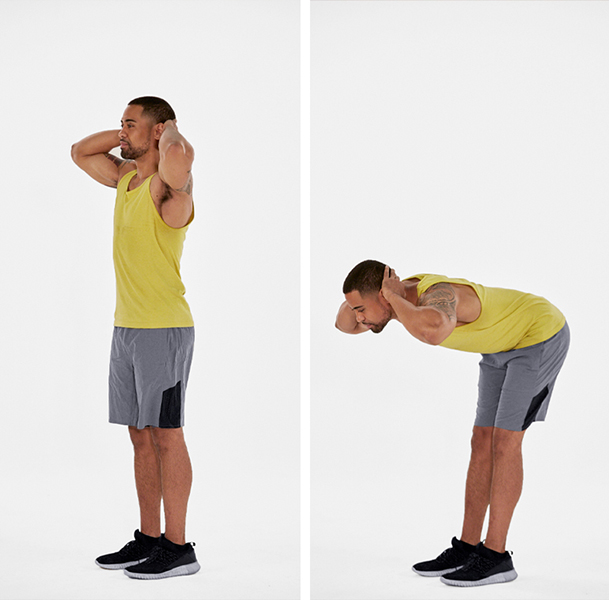
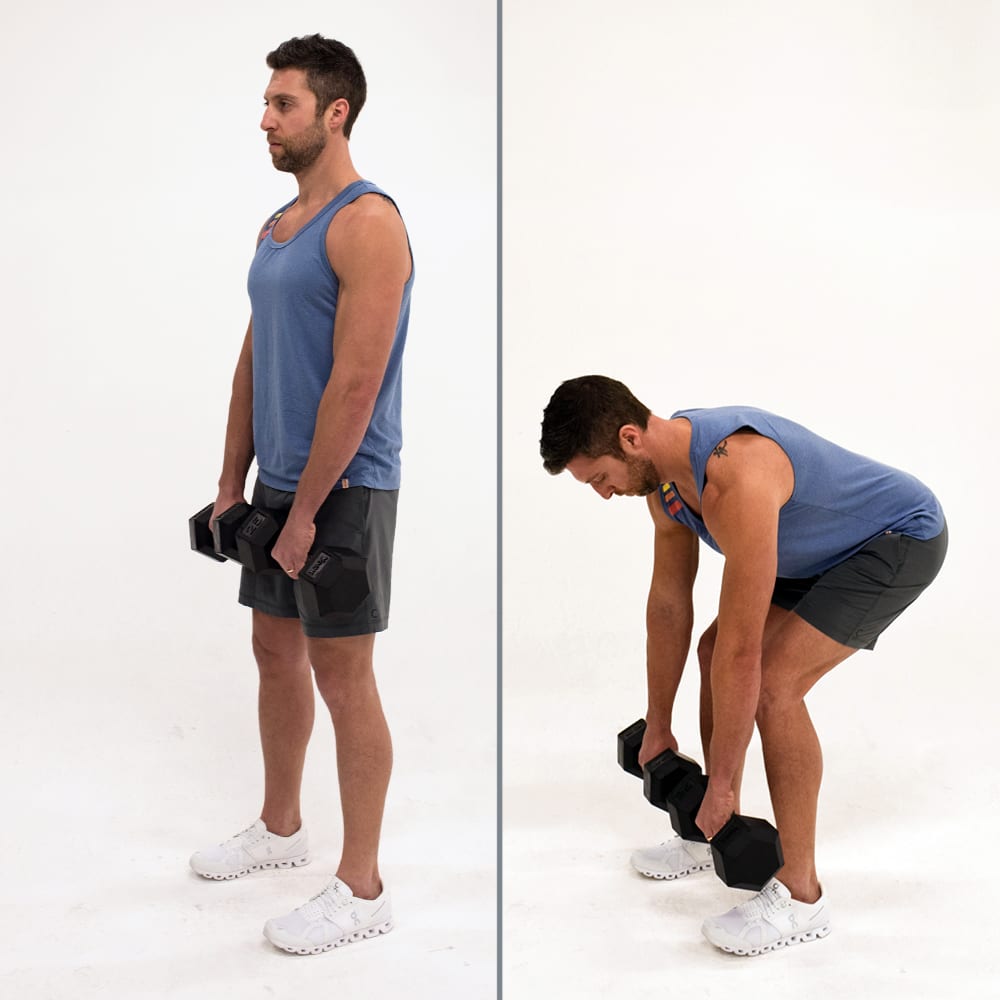
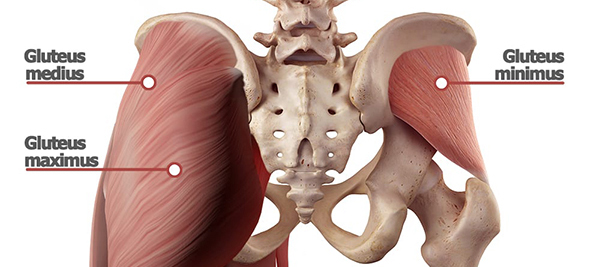
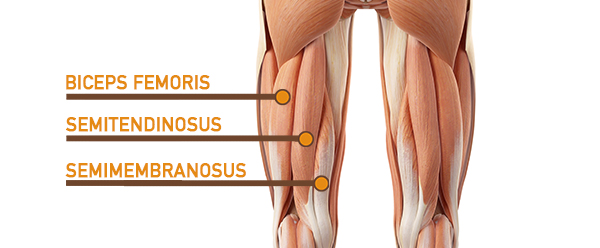
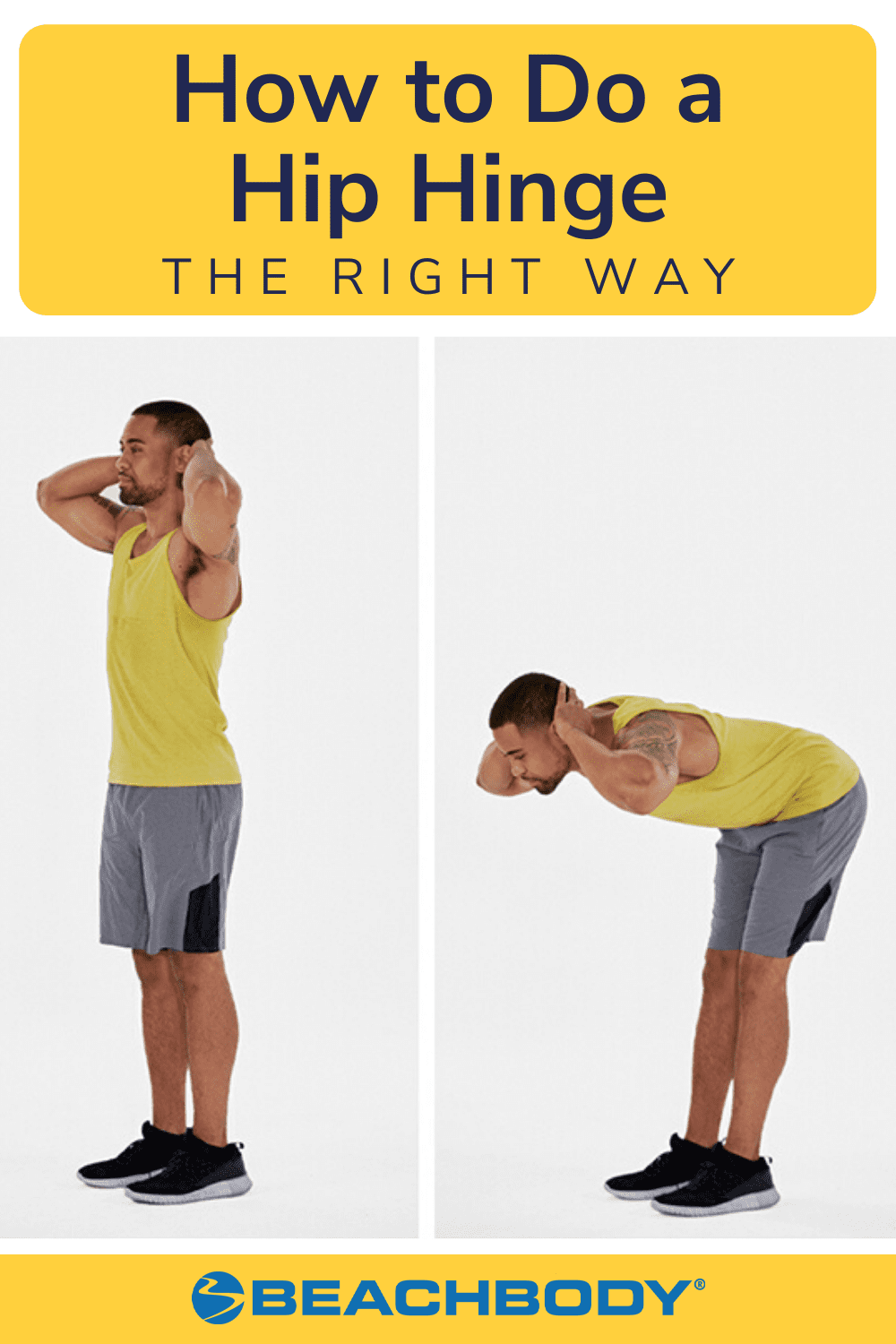
0 Comments